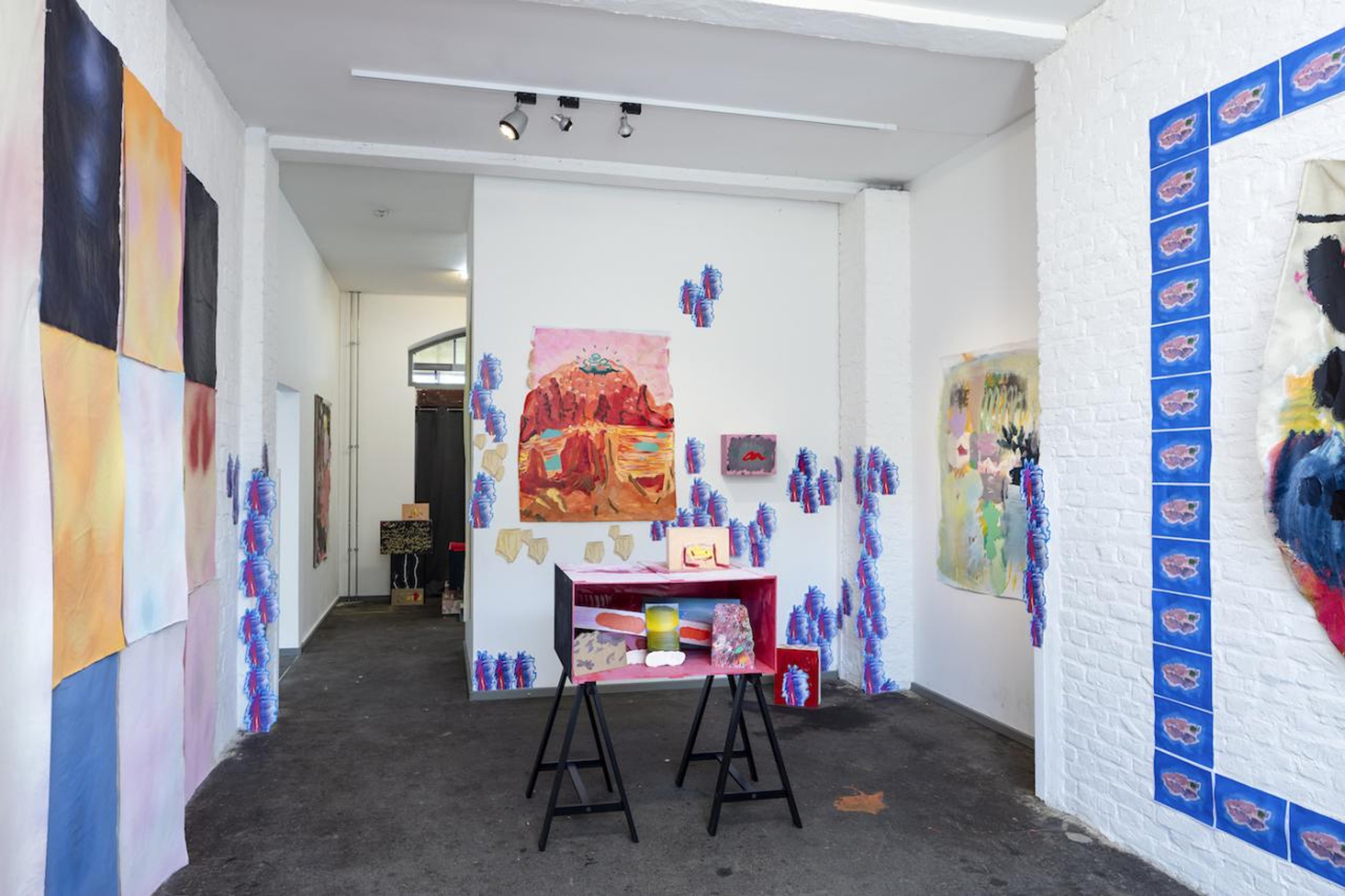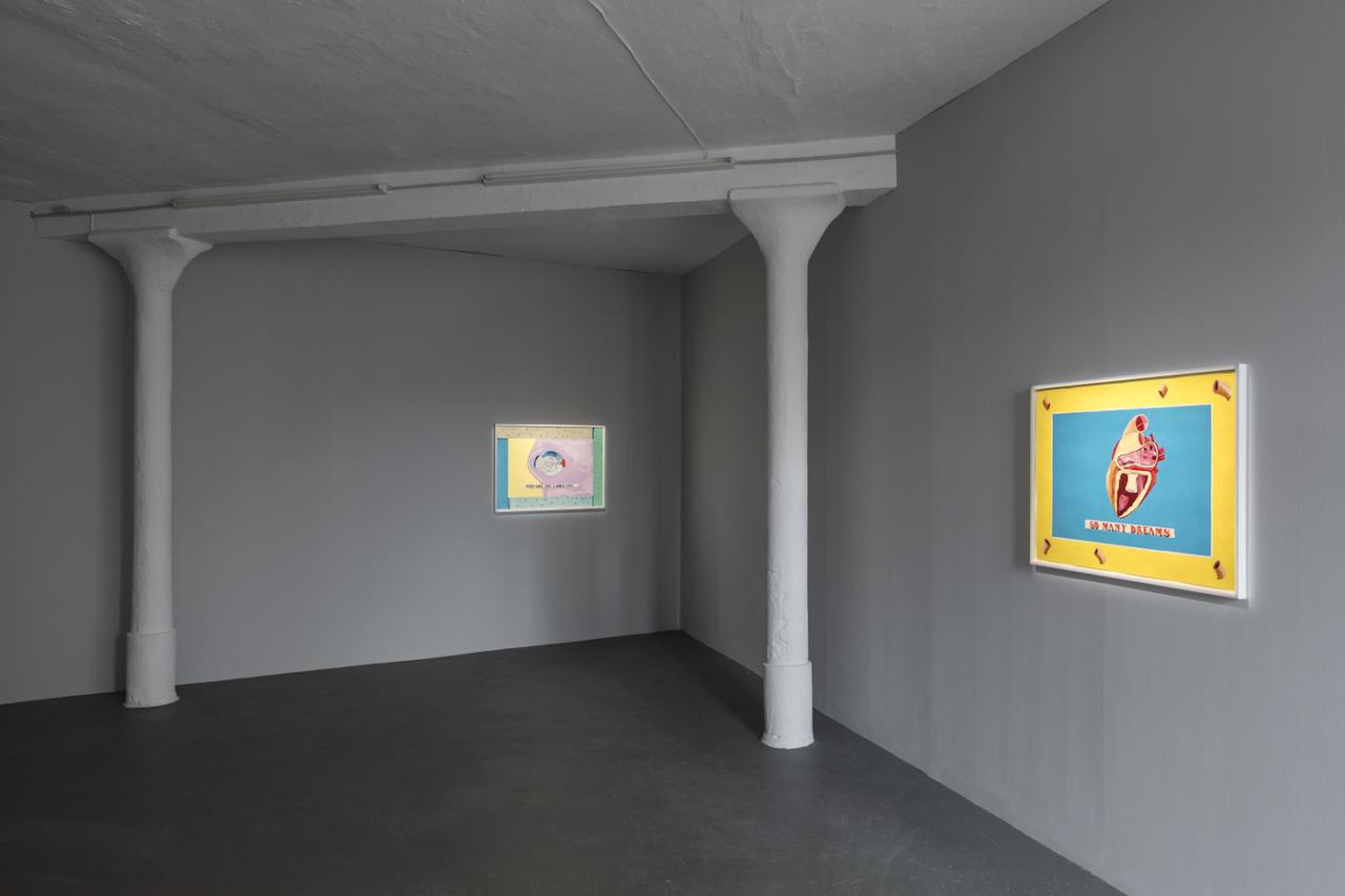The tenth edition of the Berlin Biennale, titled “We Don’t Need Another Hero” (after a song by Tina Turner), speaks in the key of negation. What it refuses, above all, is more of the same: more institutional critique to fill biennials with, more discourse on identity politics for academically minded curators, more panel discussions on the postcolonial, more categories and frames, more and more pedagogical experiences of ossified criticality to be added to an already jaded economy of attention. Curated by Gabi Ngcobo with Nomaduma Rosa Masilela, Serubiri Moses, Thiago de Paula Souza, and Yvette Mutumba, the 2018 Biennale also refuses the increasingly normative force of refusal itself. It does so, typically, through the kind of double negation articulated in the title of the public programme, “I’m Not Who You Think I’m Not”. Unlike the empty gestures of political provocation in Arthur Zmijewski’s 7th Berlin Biennale in 2012, and the DIS-curated cynicism of a post-bourgeois creative class on the brink of collapse in the exhibition’s most recent edition, it also refuses false promises and heroic refusal. All this will undoubtedly be disappointing to some, but it opens up a space for different sets of questions and engagements with art, and with the world.
Oscar Murillo Collective Conscience (2018) Courtesy Oscar Murillo; David Zwirner, New York/London/Hong Kong; Photo: Timo Ohler
At a time when old truths and false beliefs crumble, and the revolutionary heroes of yesterday have ceded their places to the tyrants of today, how do we make something “out of the ruins, out from the wreckage” – as Tina Turner sings? One answer is offered by the fake ruin of a facade embellished with details from various geographical and historical provenances on the lawn in front of the Akademie der Künste (one of the show’s five venues). The title of this masterful installation by Firelei Bàez, 9° 36’ 16.89“ N, 72° 13’ 6.95“ W) / (52.4042° N, 13.0385° E (2018), combines the geographical coordinates of the early nineteenth-century palace Sans-Souci in Milot, Haiti, with those of Sanssouci in Potsdam, the eighteenth-century summer palace of Frederick the Great. These entangled histories are also invoked in another piece by Bàez in the Akademie’s foyer: a replica of a section of the interior of the Rococo palace titled for Marie-Louise Coidavid, exiled, keeper of order, Anacaona (2018) featuring a portrait of the eponymous Queen of the Kingdom of Haiti. She is wearing a turban and her face is blurred under layers of bright pink and orange. While she seems to represent a “the body of evidence” for people who have been robbed of their histories, the painting resists the violence of erasure, in part through the liveliness and exuberance of its colours. This is a body in transition, mutant, in decomposition, torn open by the forces of a world in disarray.
Firelei Báez for Marie-Louise Coidavid, exiled, keeper of order, Anacaona (2018) Courtesy Firelei Báez; Kavi Gupta Gallery, Chicago, Photo: Timo Ohler
One of the highlights of the show, also at the Akademie, is Oscar Murillo’s intervention Collective Conscience (2018). As part of this work, Murillo has installed what looks like a big intestine in the courtyard. The skin, made of unbleached linen, is fractured in many points, and stuffed cloths resembling torsos and heaps of a stone-like kind of bread baked from corn and clay spurt out from it. Bits and pieces of the matter spilling out of this quirky shape can also be encountered in various parts of the building. During the opening days, the artist himself performed in the shape of a curious black “rock” made of black canvases that hid his body as he moved silently through the building, rolling down the stairs, covering Henry Moore’s outdoor bronze sculpture and then transforming back into a black pile. A strange form of life, that, despite many aggressive and violent gestures of historical and social obliteration, has adapted, transformed, and still rises among the debris of Western history.
Dineo Sheshee Bopape, Untitled (Of Occult Instability) [Feelings] (2016-18), installation view (detail); Courtesy Dineo Seshee Bopape; Jabu Arnell; Lachell Workman; Mo Laudi; Robert Rhee; Sfeir-Semler Gallery, Hamburg/Beirut; Photo: Timo Ohler
The pride of place in the Kunst-Werke is given to Dineo Seshee Bopape’s installation Untitled (Of Occult Instability) [Feelings] (2016–18). Immersed in a warm orange light, visitors walk through piles of broken orange bricks, upended pillars, and buckets arranged to collect drops of water falling from above interspersed by footage of Nina Simone beautifully improvising “Feelings” at her 1976 concert at the Montreux Jazz Festival. She is not simply singing a song about feelings, but conveys feelings with all of herself. If this work offers us a visceral approach to the exhibition, rooted in the materiality of bodies and feelings, Sinethemba Twalo and Jabu Arnell’s installation A Kind of Black: An Emergent Poetics of the Imminent Unknown (2018), on the KW’s fourth floor, takes the abstraction of the body and the intangibility of feelings as another point of departure. In a dim blue light, under a large wicker boat hanging from the ceiling, two lightboxes compose the phrase an emergent poetics / of the imminent unknown. Here existence seems to have been suspended in a promise that something will happen soon – although it’s not clear when or where.
Oscar Murillo Collective Conscience (Performance, 2018) Courtesy Oscar Murillo; David Zwirner, New York/London/Hong Kong; Photo: Timo Ohler
Considered together, these two works embody the tension between presence and withdrawal that seems to run through the exhibition. Özlem Altın’s photographic collages, installed in the rooftop garden of the Akademie, Psyche (grow deep), 2018, tune into the frequency of their poetics. Cutting up, manipulating and collaging images from the internet and the artist’s own photographs, Altın produces psychic landscapes that are like riddles. They present us with something uncanny, yet intimately familiar: body parts, ancient symbols, and human gestures have been torn out of their original context to be reconfigured into new constellations.
Firelei Báez 19° 36’ 16.89“ N, 72° 13’ 6.95“ W) / (52.4042° N, 13.0385° E (2018) Courtesy Firelei Báez; Kavi Gupta Gallery, Chicago; Foto: Timo Ohler
These powerful and enigmatic images make you feel intensely, but what they mean cannot be easily pinned down. As in many other moments in this biennale, meaning is fugitive, not given to be consumed (and especially not in the easily digestible form of intellectual discourse); it seems to be happening somewhere else – in a generative space that repeatedly fills and erases itself in the struggle to think politically via a poetic route. The “no” of this biennial is ultimately a “yes” to what Tina Turner calls “life beyond the Thunderdome”; a “yes” to the possibilities of shifting the ground on which our crumbling truths stand.
We don’t need another hero
10. Berlin Biennale
9 June–9 September
FEDERICA BUETI is a writer and editor based in Berlin. Together with Elena Agudio and Nathalie Bikoro she curates the feminist project " We Who Are Not the Same " at SAVVY Contemporary.
Sinethemba Twalo und Jabu Arnell A Kind of Black: an emergent poetics of the imminent unknown (2018) Courtesy Sinethemba Twalo und Jabu Arnell; Foto: Timo Ohler
Özlem Altın Psyche (grow deep) (2018, installation view) Courtesy Özlem Altın, Photo: Timo Ohler
Agnieszka Brzeżańska SOVEREIGN AVATAR ( 2014) Courtesy Agnieszka Brzeżańska; NANZUKA, Tokyo; Photo: Keizo Kioku
Basir Mahmood all voices are mine (2018) Courtesy Basis Mahmoud; Photo: Timo Ohler
Belkis Ayón La consagración (1991) © Estate de Belkis Ayón, Havana, Photo: Jose A. Figueroa
Fabiana Faleiros Mastur Bar (2015–18) Courtesy Fabiana Faleiros; ICH LIEBE MEINE VAGINA / MC Xuparina; Photo: Timo Ohler
Grada Kilomba ILLUSIONS Vol. II, OEDIPUS (2018) Courtesy Grada Kilomba; Goodman Gallery, Johannesburg/Cape Town, Photo: Timo Ohler
Herman Mbamba Left: The blue mandane series 1–5 (2017–18) Right: Wait for me in the lurking landscape (2017–18) Courtesy Herman Mbamba; blank projects, Cape Town, Photo: Timo Ohler
Heba Y. Amin Operation Sunken Sea (The Anti-Control Room) (2018) Courtesy Heba Y. Amin; Zilberman Gallery, Istanbul/ Berlin, Photo: Timo Ohler
Johanna Unzueta Herringbone: Listen To The Whispers of The City , (2018) Courtesy Johanna Unzueta, Photo: Timo Ohler
Julia Phillips Above: Expanded V (2016) Below: Operator I (with Blinder, Muter, Penetrator, Aborter) ( 2017) Courtesy Julia Phillips, Photo: Timo Ohler
Lydia Hamann & Kaj Osteroth Admiring Elaine Sturtevant, the razzle-dazzle of thinking (2015) Courtesy Lydia Hamann & Kaj Osteroth, Photo: Smina Bluth
Patricia Belli Left to right: Desquilibradas [Aus dem Gleichgewicht] (2018); Diálogo [Dialog] (2000); Nidos de lagrimas [Tränennest] (1997) Courtesy Patricia Belli, Photo: Timo Ohler
Sam Samiee The Unfinished Copernican Revolution (2018) Courtesy Sam Samiee, Photo: Timo Ohler
Lubaina Himid Left: Why are you looking? ( 2018) Right: So many dreams (2018)



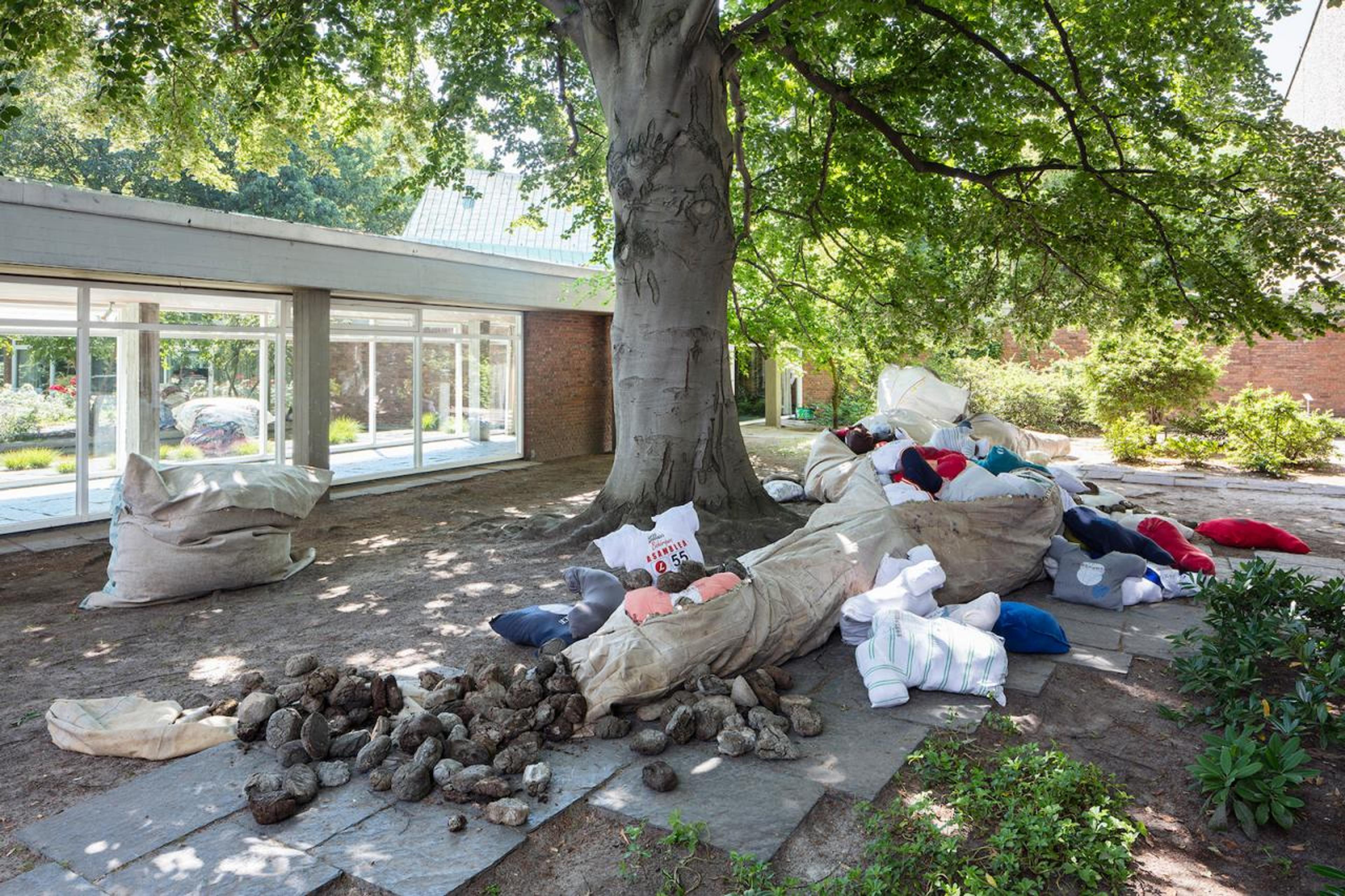
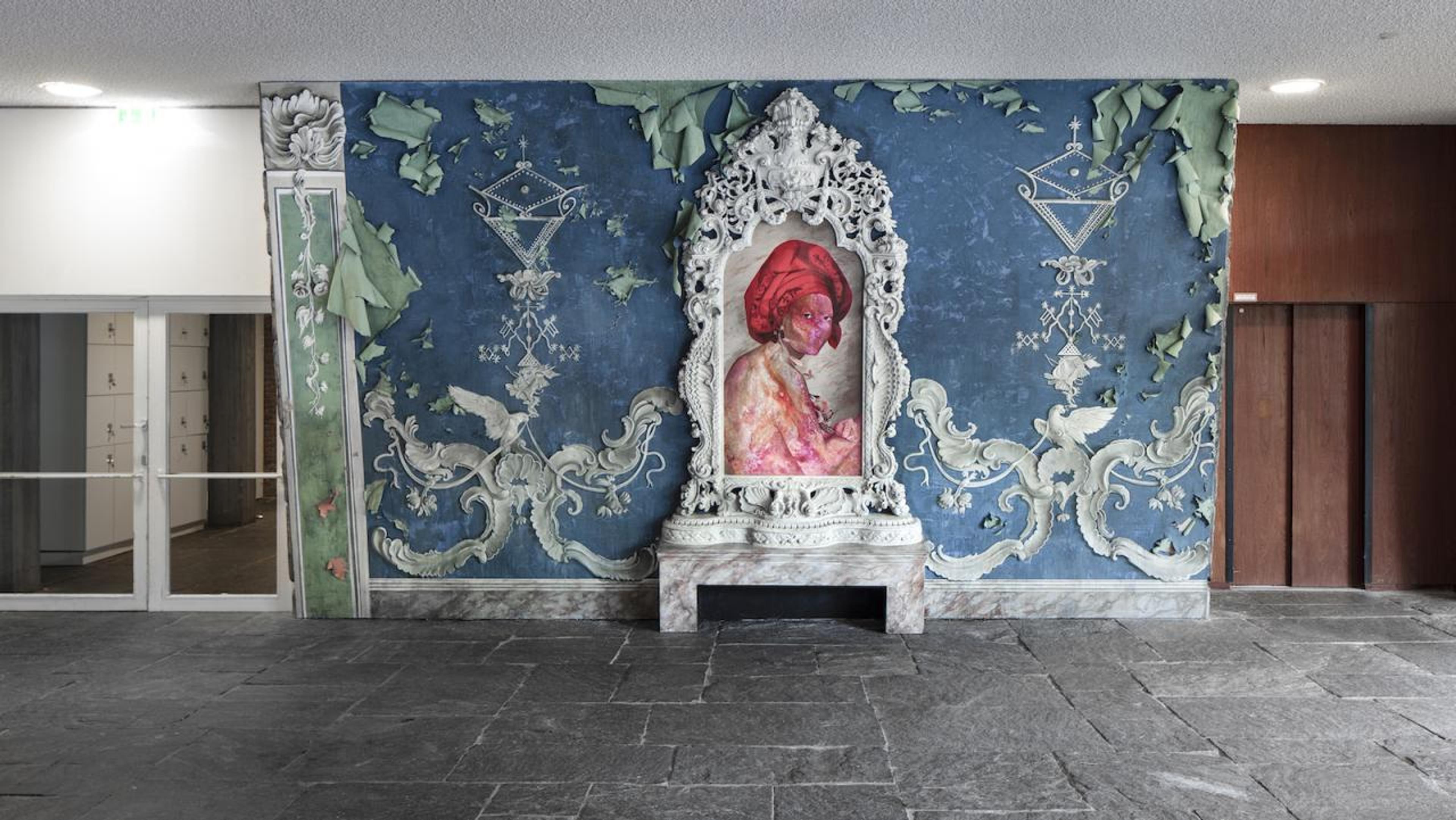
![Dineo Sheshee Bopape, Untitled (Of Occult Instability) [Feelings] (2016-18), installation view (detail); Courtesy Dineo Seshee Bopape; Jabu Arnell; Lachell Workman; Mo Laudi; Robert Rhee; Sfeir-Semler Gallery, Hamburg/Beirut; Photo: Timo Ohler](https://cdn.sanity.io/images/syotmk9q/production/511e5d1415bf5fe35de8785b8dce1a4a90feb6d3-1280x787.jpg?w=3840&q=75&fit=clip&auto=format)
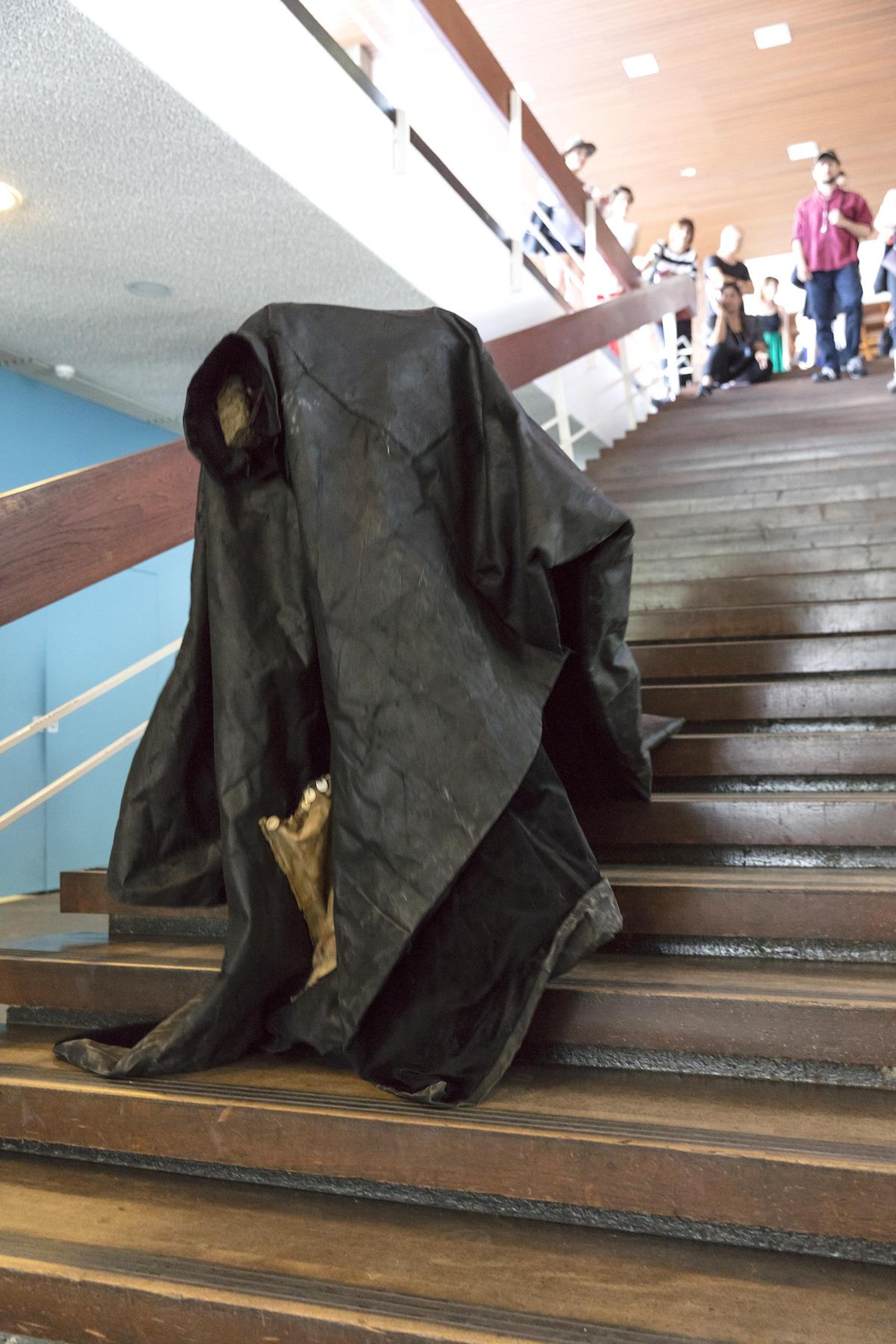
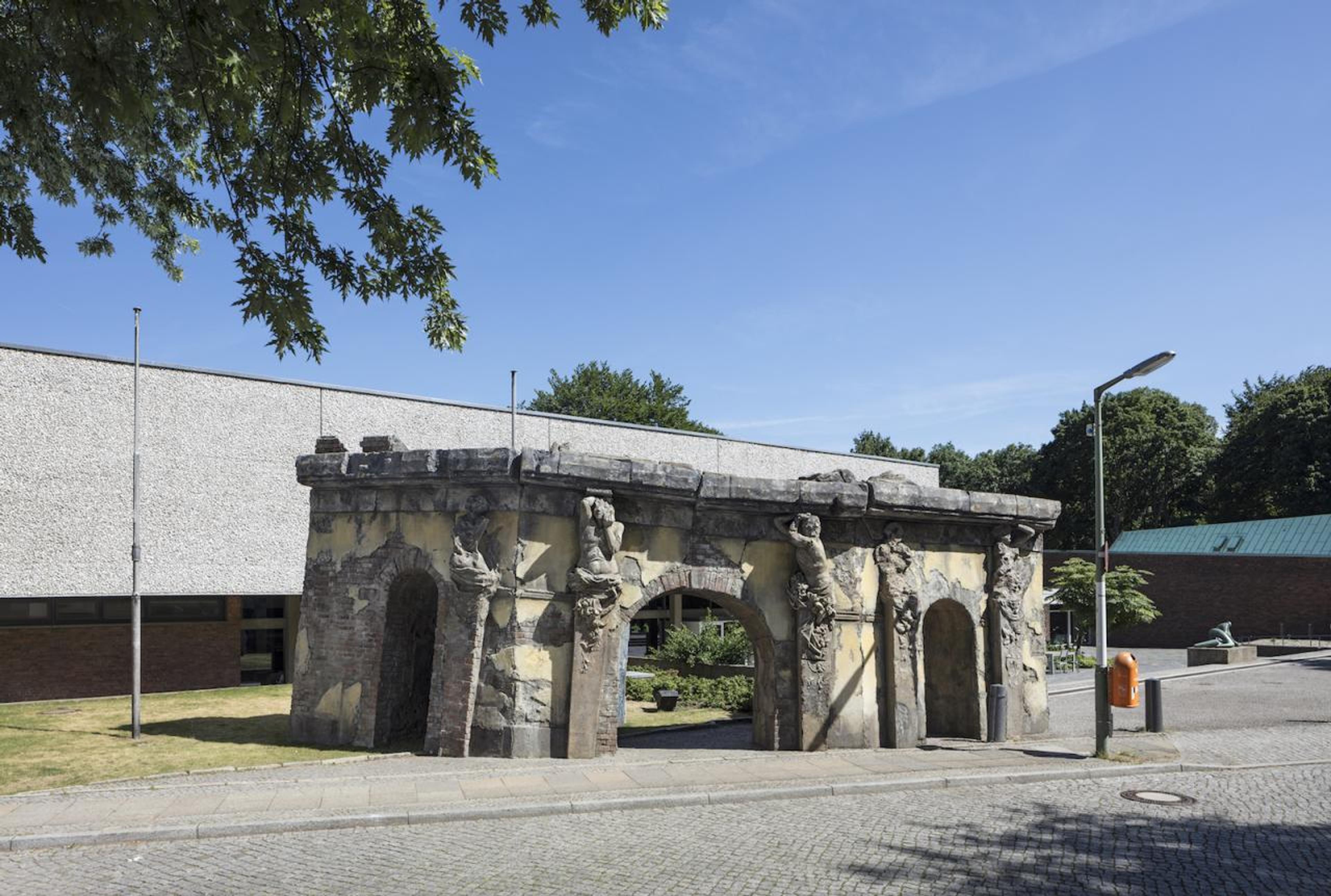
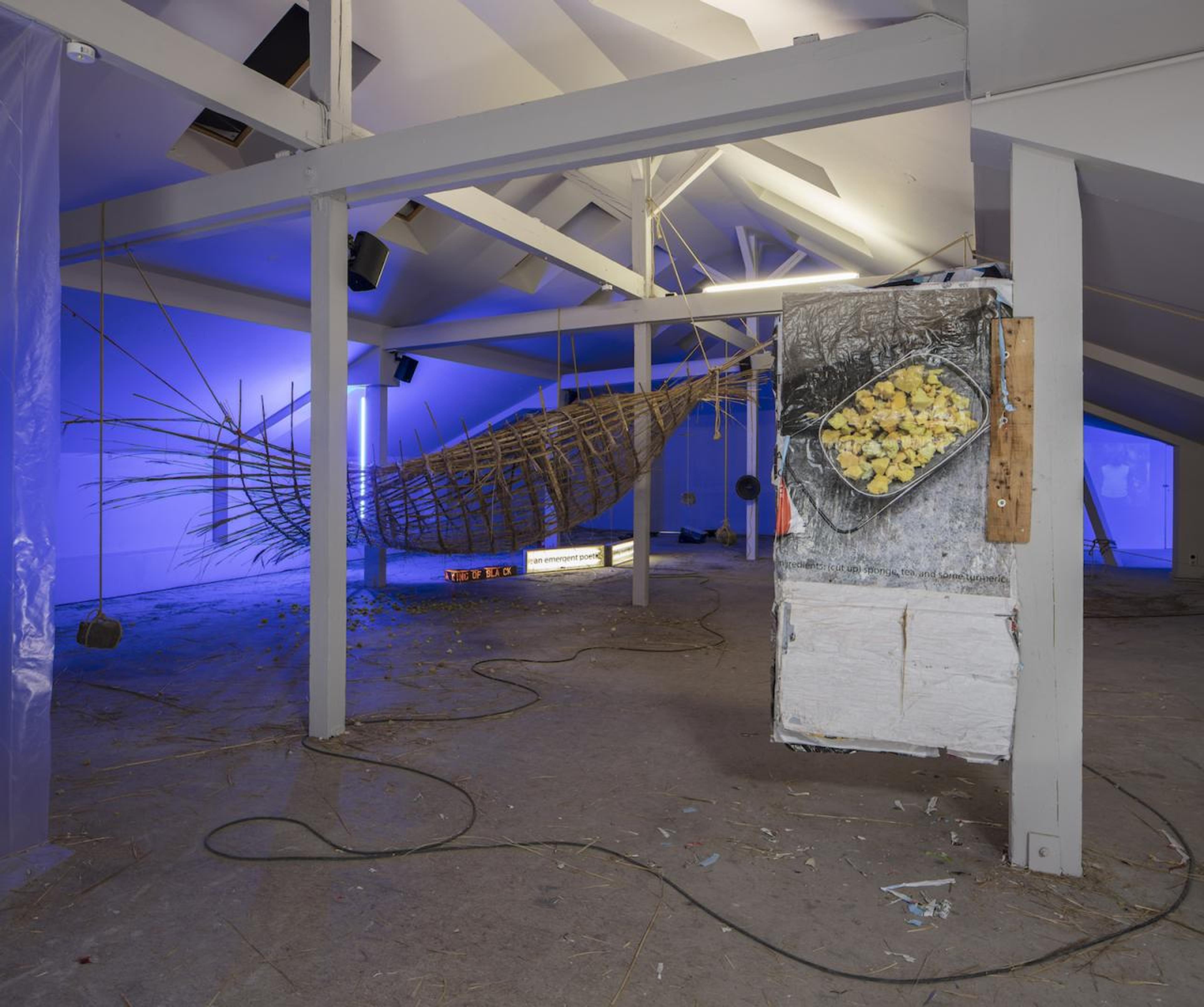
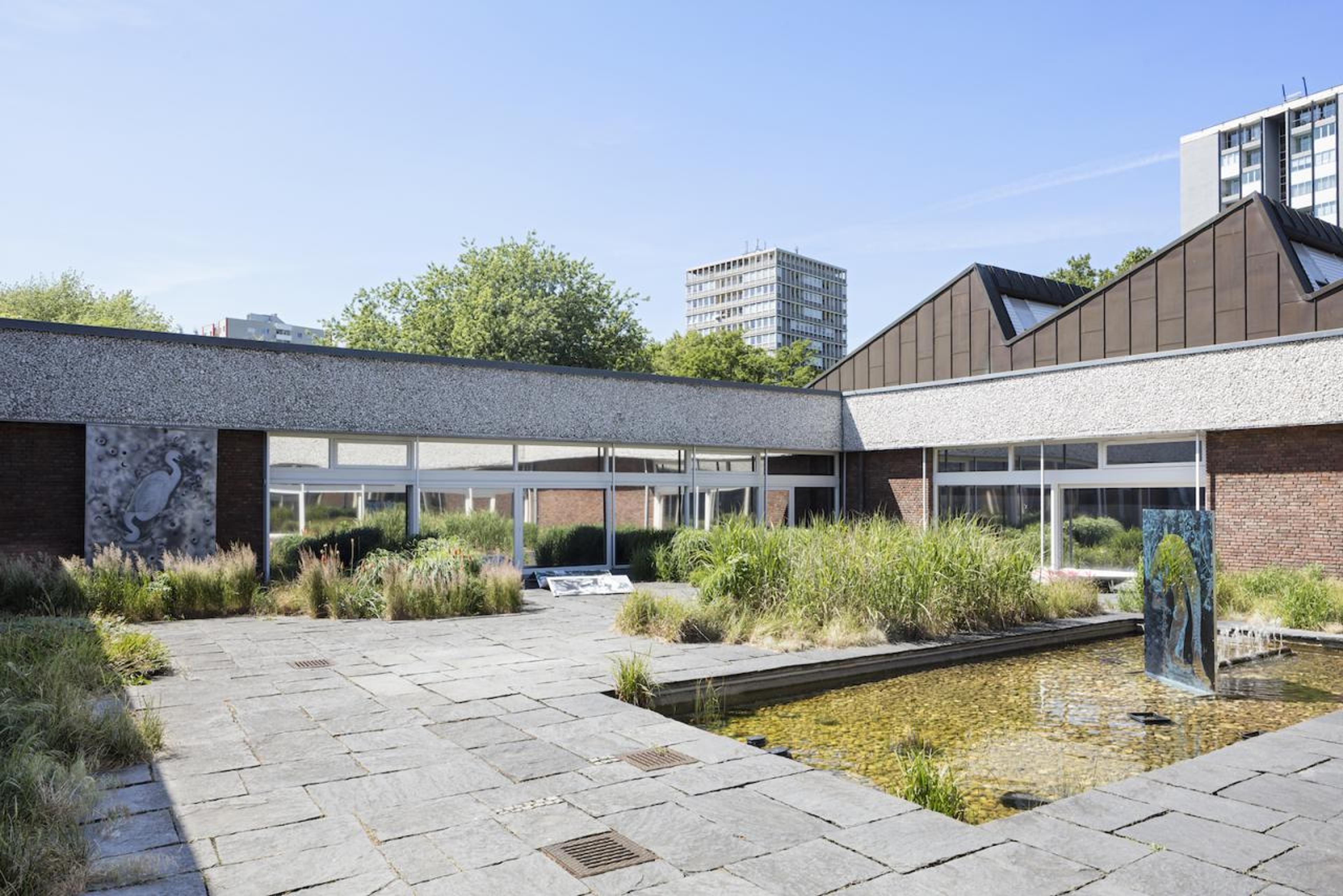
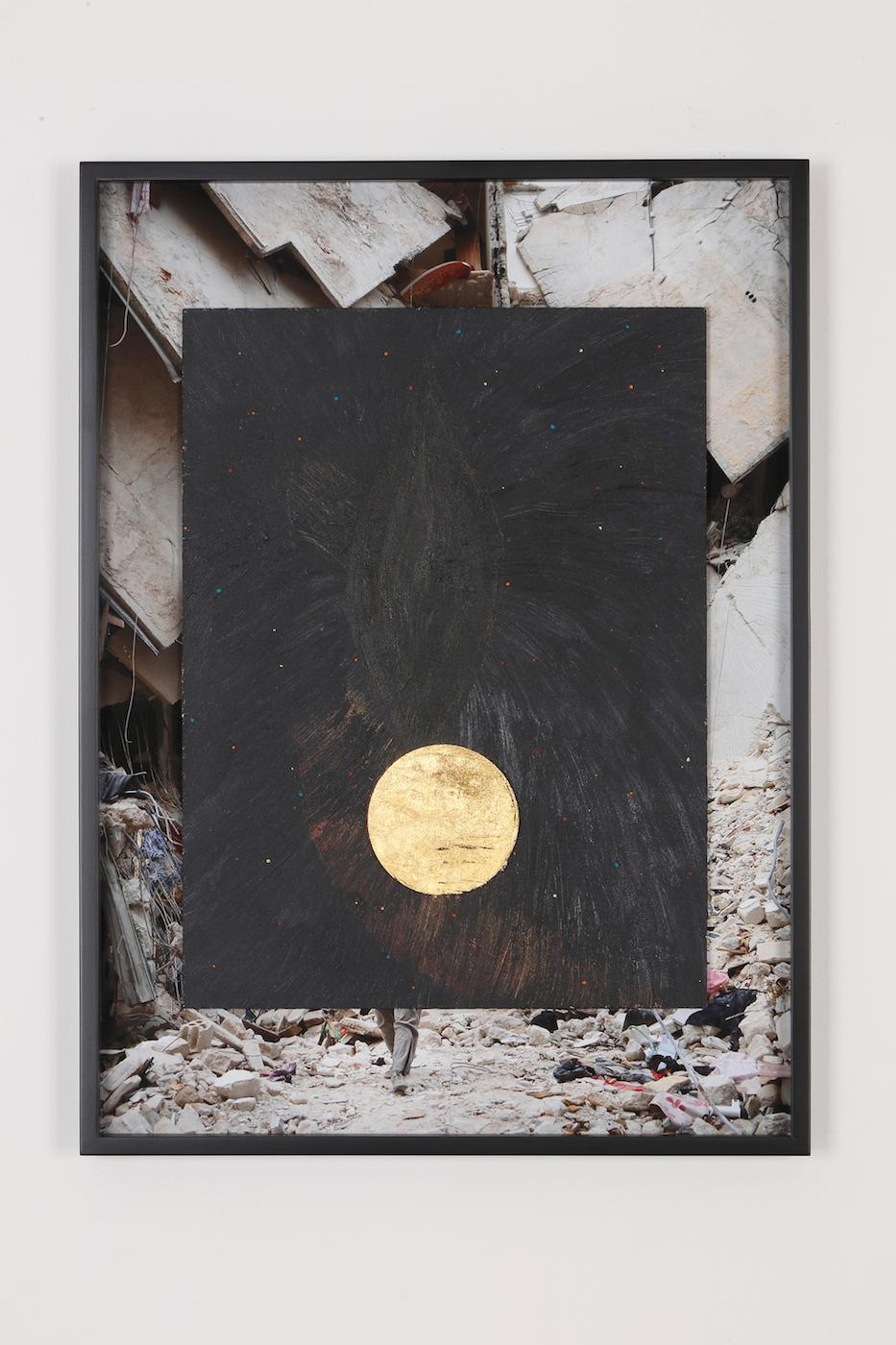
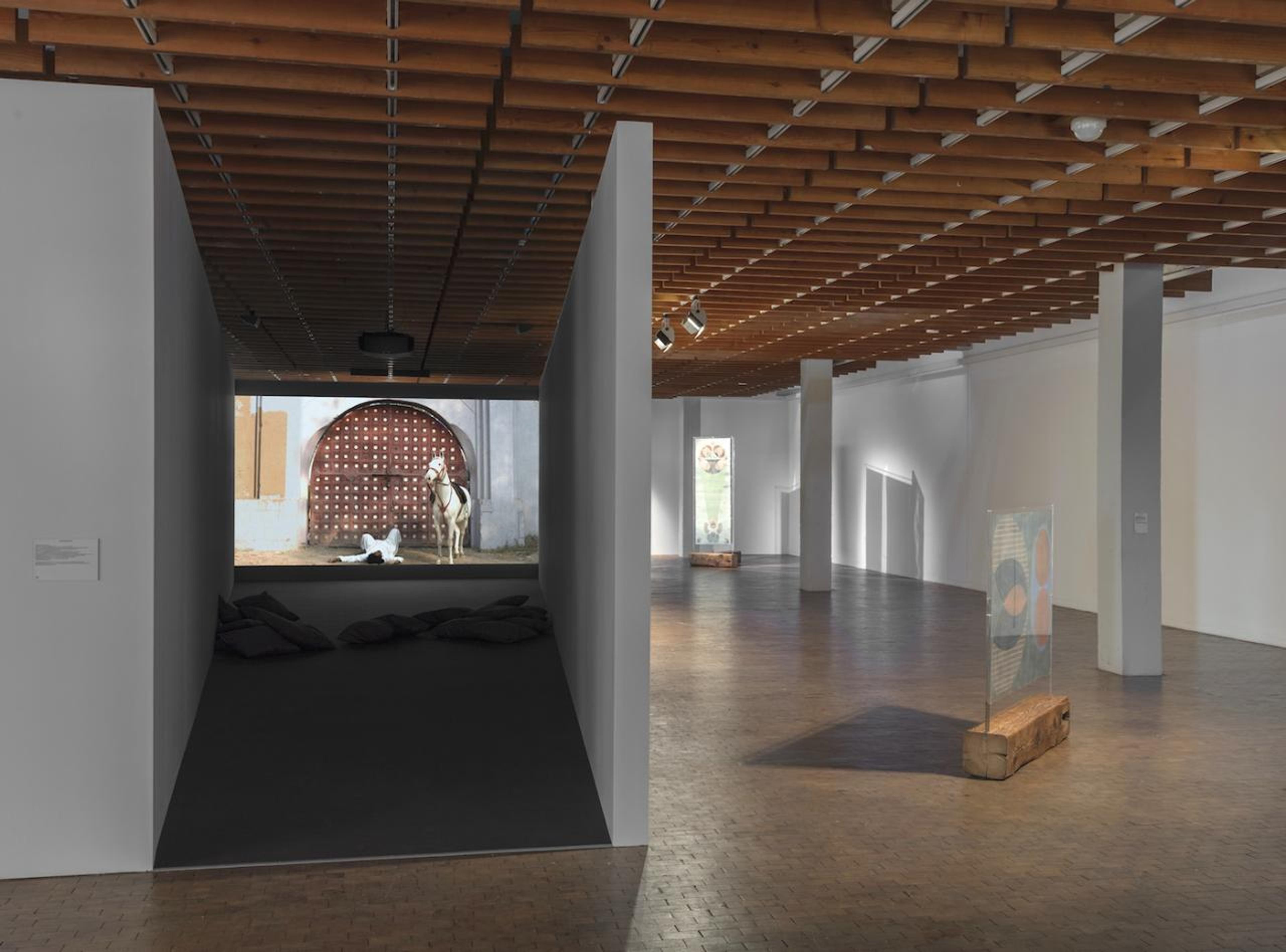

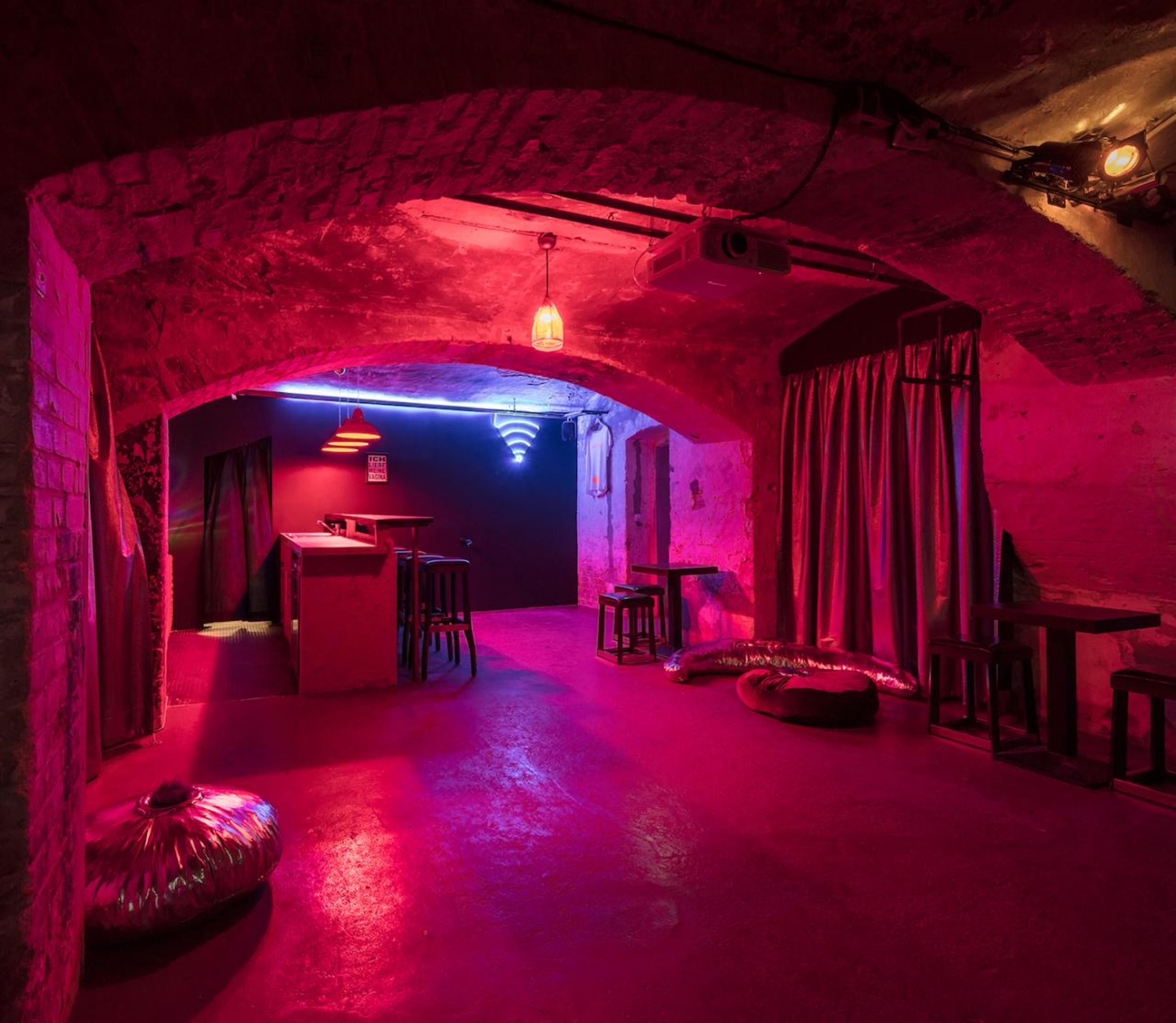
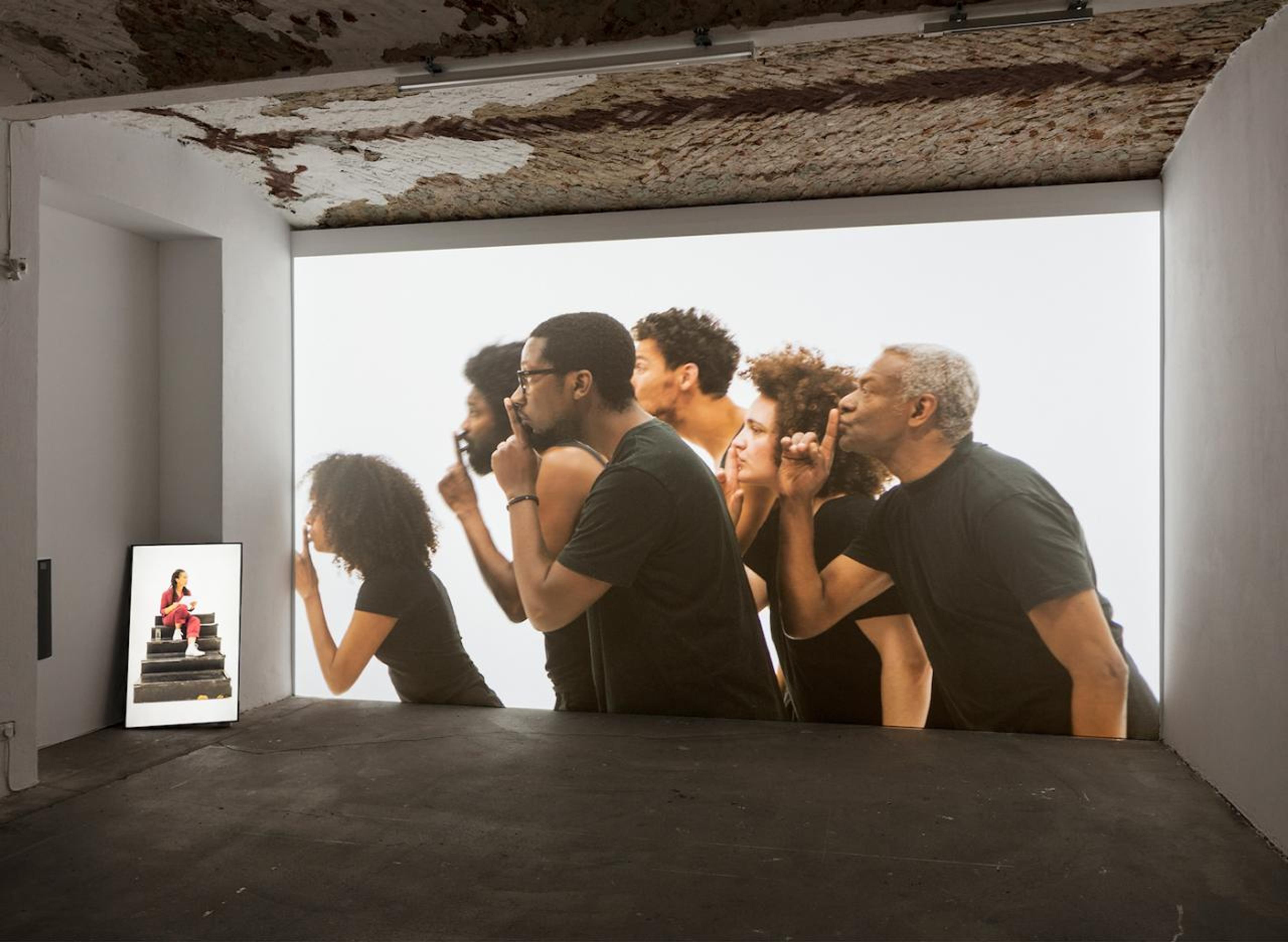
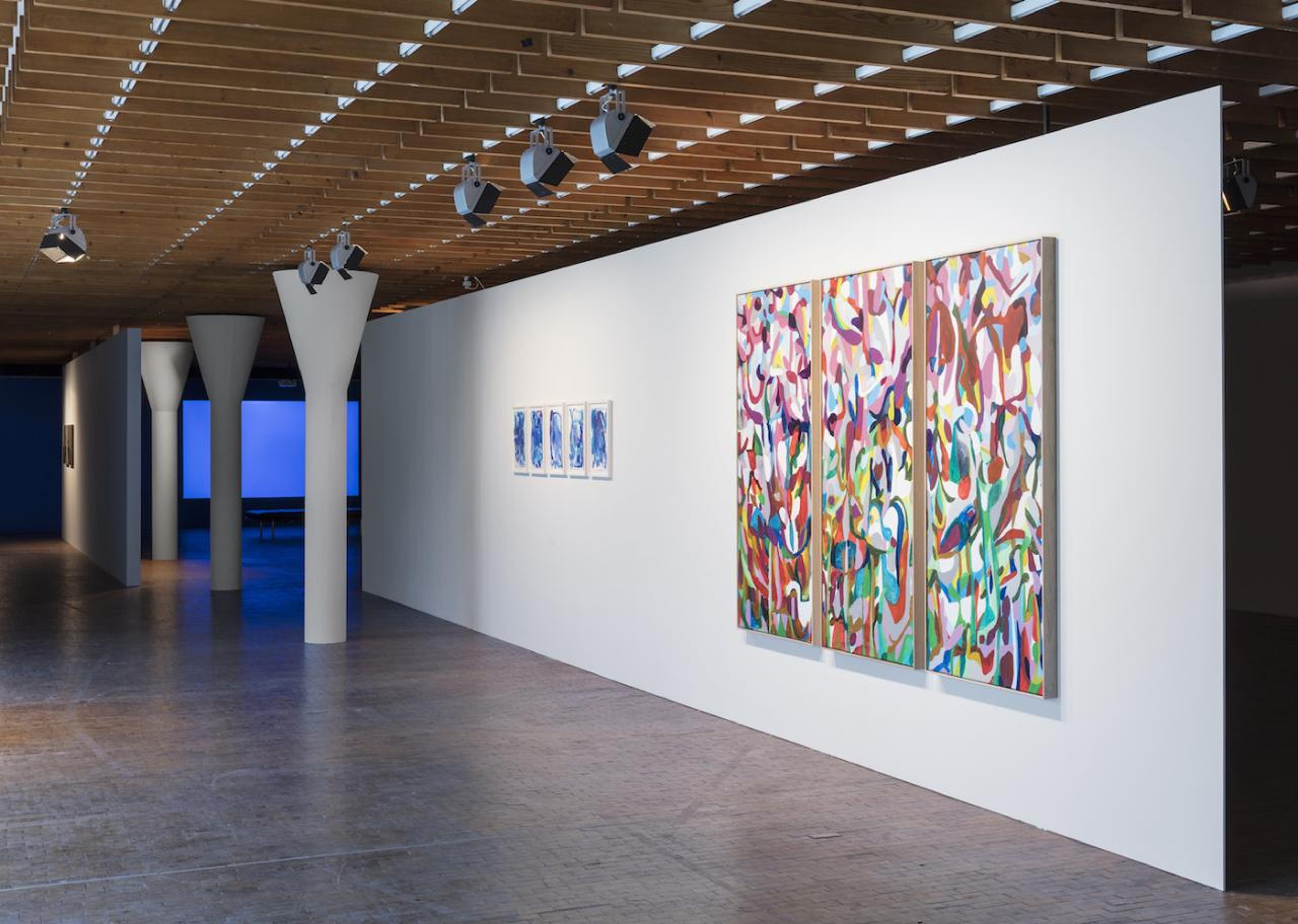
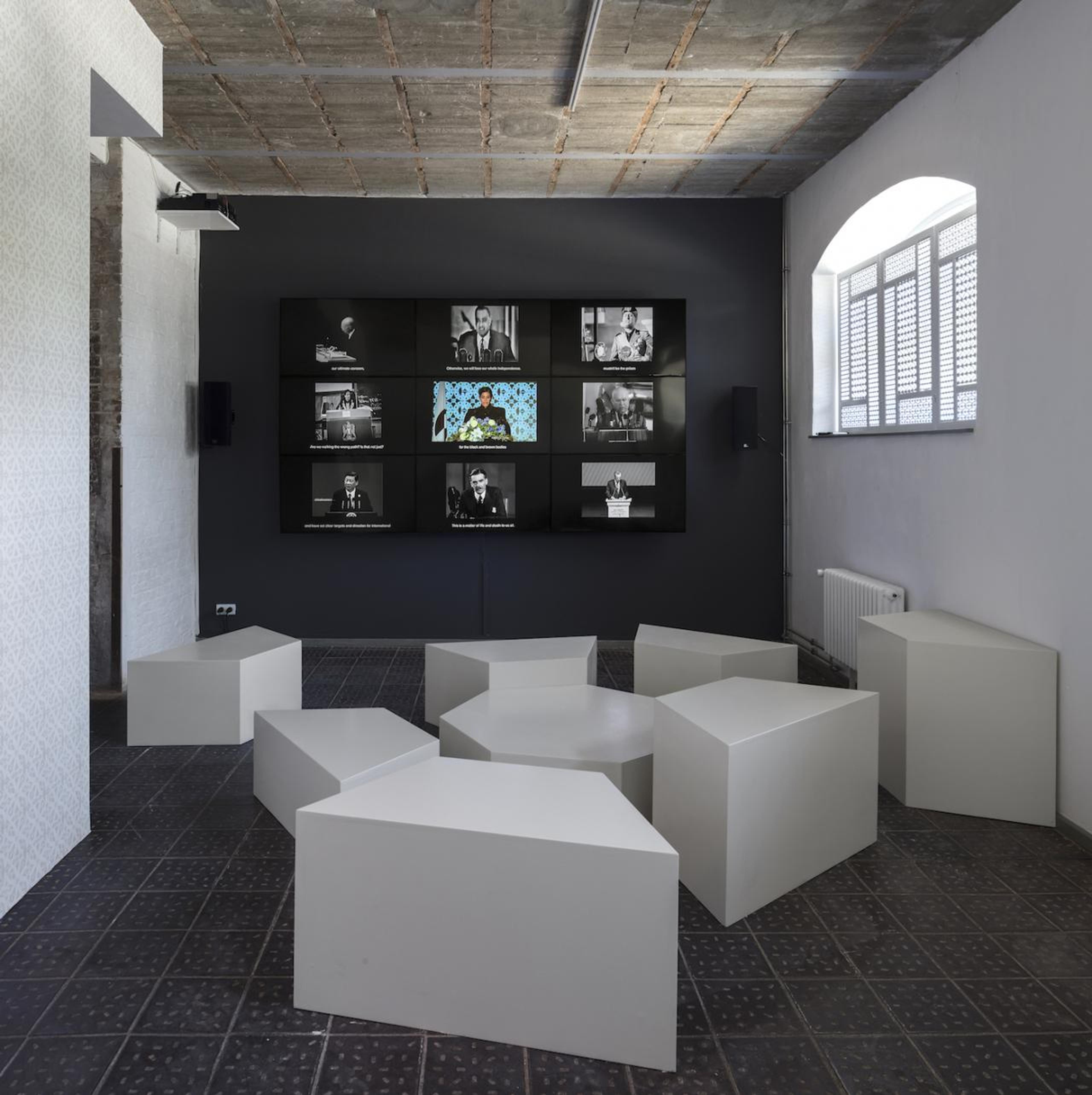
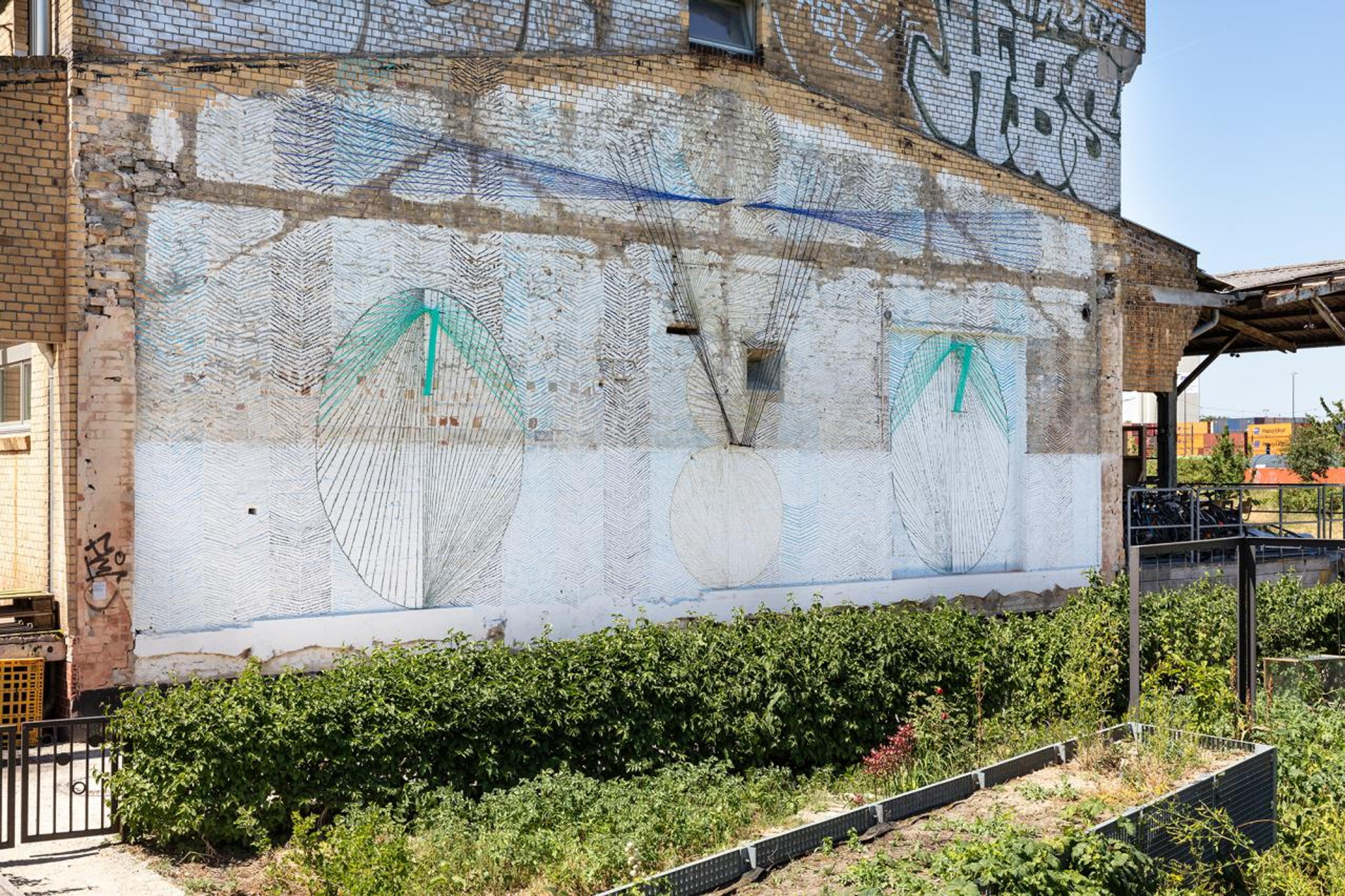
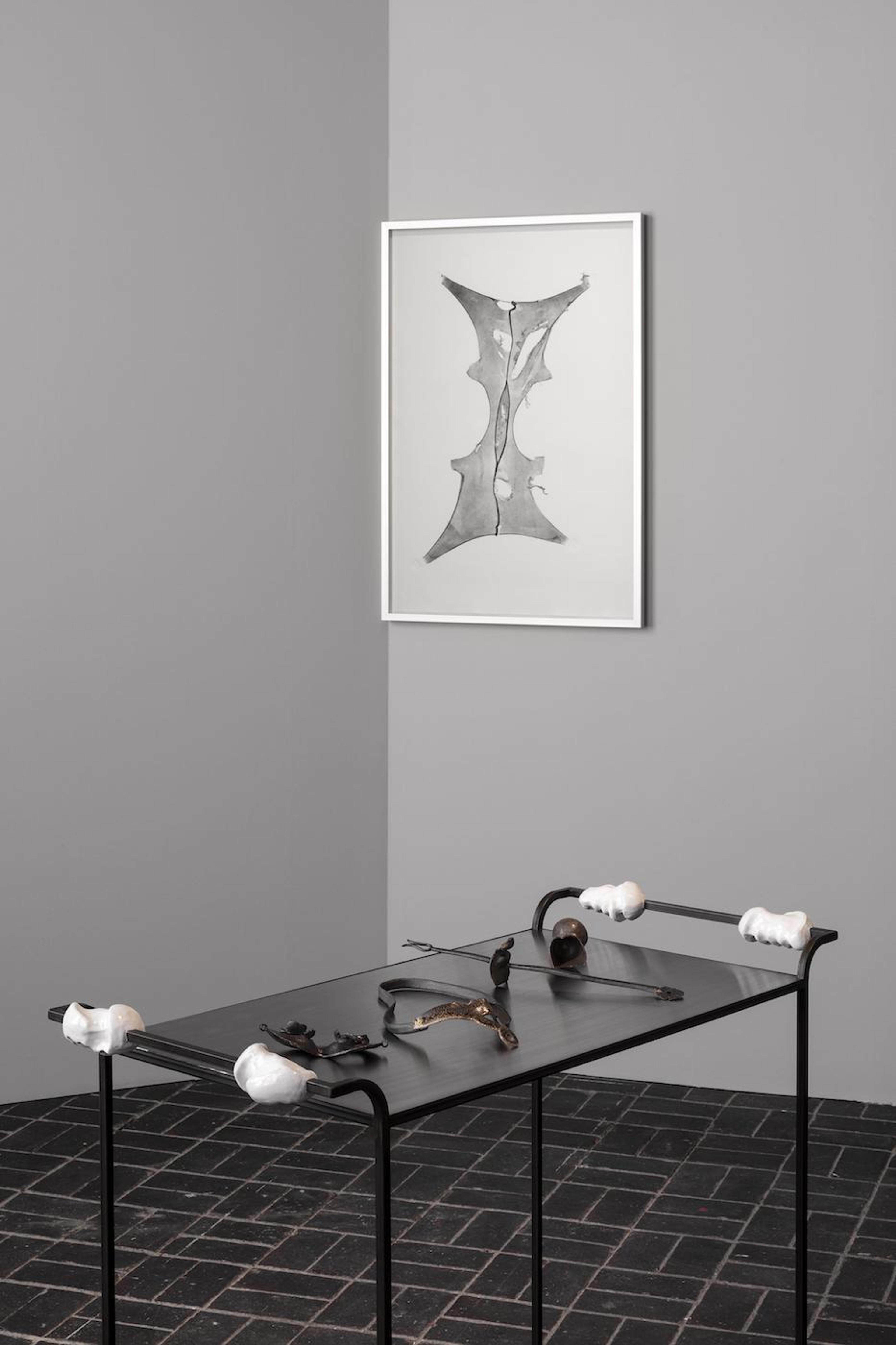
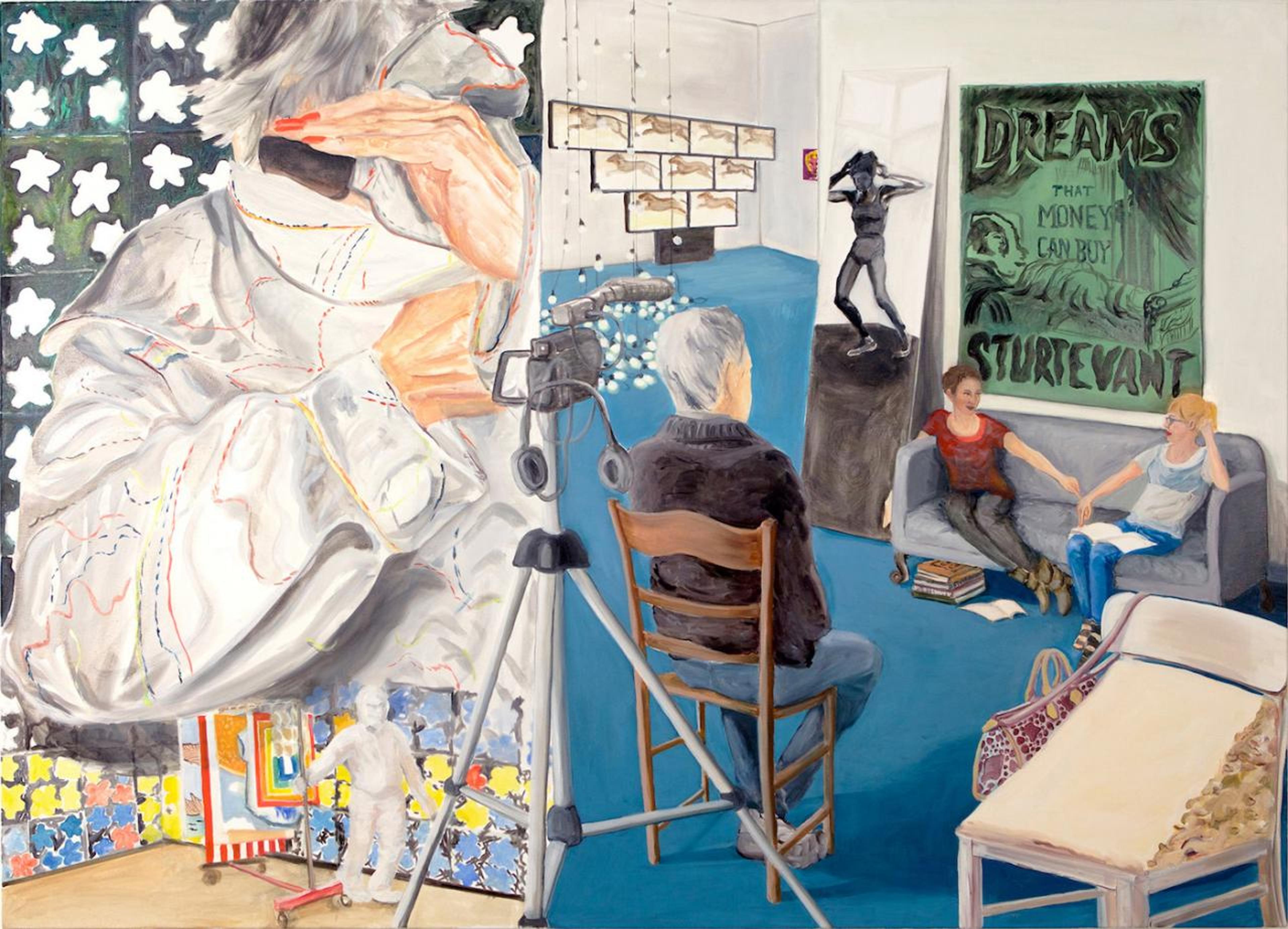
![Patricia Belli Left to right: Desquilibradas [Aus dem Gleichgewicht] (2018); Diálogo [Dialog] (2000); Nidos de lagrimas [Tränennest] (1997) Courtesy Patricia Belli, Photo: Timo Ohler](https://cdn.sanity.io/images/syotmk9q/production/863bf4d3eace0800a0833c3bf3cea38fc96eda47-1280x853.jpg?w=3840&q=75&fit=clip&auto=format)
